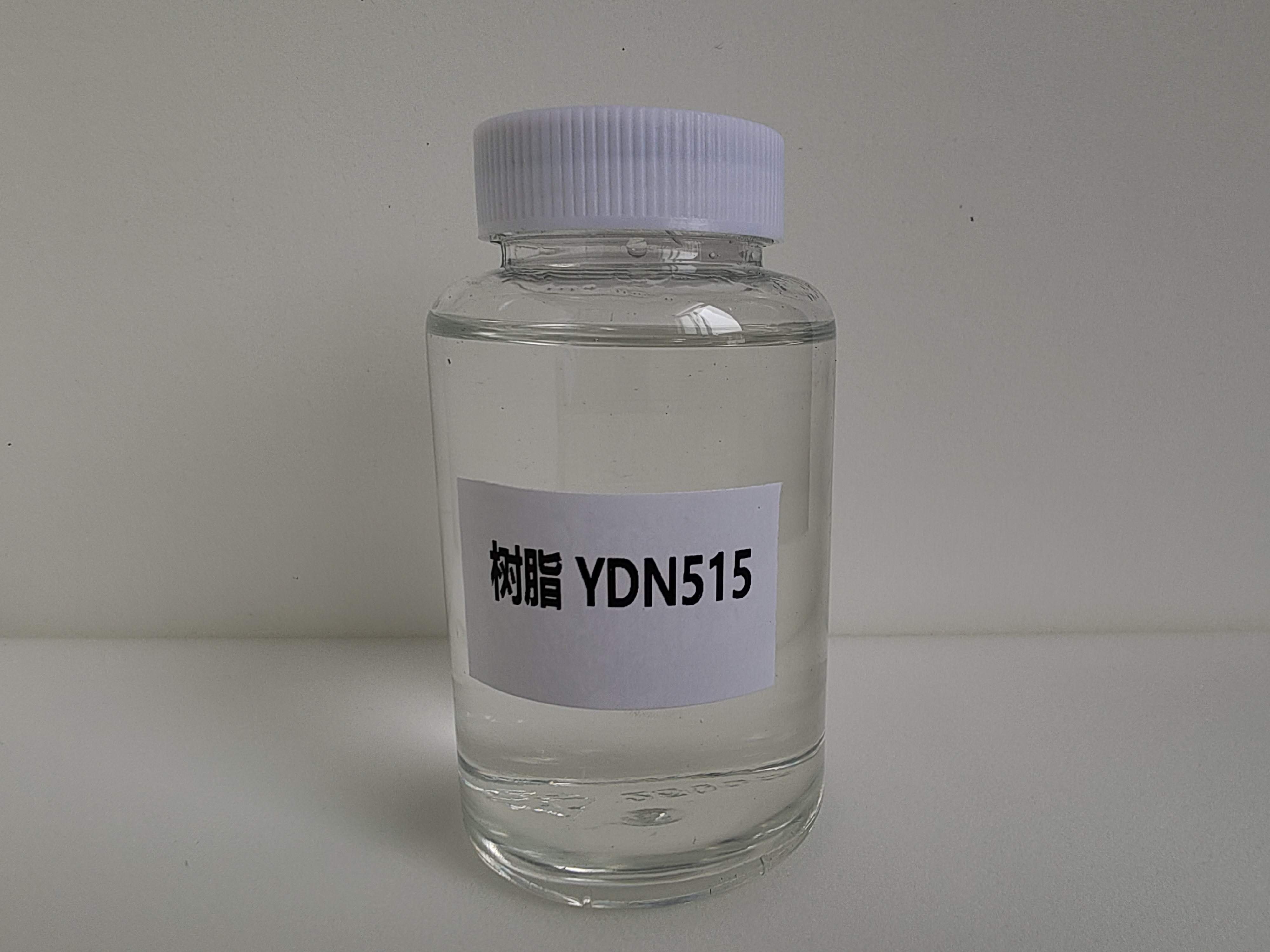A January 19 2021 Facebook screenshot of a January 13 2021 tweet about Mr. Clean Magic Erasers proved hugely popular, advising social media users fond of the product that generic versions were much less expensive and just as effective:
Alongside screenshots of Amazon listings for “Extra Thick Magic Cleaning Sponges” ($0.14 apiece) and Mr. Clean Magic Eraser Cleaning Pads, @LoppyRae wrote: Sulfonated Melamine Formaldehyde

Things that I wouldn’t have cared less about as a young adult but now Enrage me: Mr. Clean is literally just branded melamine sponges and you can buy 100 of them for only $13 compared to the $120 you would spend on magic erasers.
In the second screenshot, Mr. Clean Magic Erasers were priced at $0.77, $1.25, and $1.33 respectively; for an average of $1.12 per Magic Eraser. Stacked up against the $13.69 per hundred ($0.14 per sponge) price of the unbranded version, @LoppyRae was largely accurate in rounding the price of 100 Mr. Clean Magic Erasers to around $120 — or $112 before tax and shipping.
It was true you could buy 100 of the unbranded “magic sponges” for $13.69 (the price fluctuated), and true that 100 Mr. Clean Magic Erasers would likely cost you nearly $120 (or more, depending on the variety).
Over on MrClean.com, a page for “Magic Eraser Original” included a “SmartLabel” link.
Under “Ingredients,” only one was listed:
Melamine is a chemical that is used to make plastics and foams that work well as flame retardants, soundproofing material, and sponges:
Melamine has also been incorporated into a variety of flame-retardant materials. This application is based on the compound’s high nitrogen content. When exposed to heat, melamine degrades and releases nitrogen. The freed nitrogen takes the place of oxygen in the surface air surrounding the material, which prevents the material from burning. Butylated melamine resins, made by incorporating butyl alcohol into the melamine–formaldehyde reaction mixture, are fluids used as ingredients of paints and varnishes. A copolymer containing melamine, formaldehyde, and sodium bisulfite produces a foam with sound-absorbing and flame-retardant properties. The foam has a notably hard microbubble structure, which gives it an abrasive quality that has been utilized in the development of cleaning products.
Ingredients for “Extra Thick Magic Cleaning Sponges” did not appear on the Amazon.com listing page, but presumably they were also composed of melamine resin foam; Mr. Clean Magic Eraser’s absence of other cleaning solvents was primarily the point.
“Extra Durable” Magic Erasers also contained only “melamine resin foam.” However, Mr. Clean “Magic Eraser Bath with Febreze Lavender Scent” contained a surfactant (“Foaming Cleaner To Fight Soap Scum”), a “processing aid” to stabilize the surfactant, and, obviously, lavender Febreze fragrance — we imagine most sharers of the post were aware that scented sponges and original sponges were different, and that they did not expect fragrance or bath-specific surfactants in regular Mr. Clean Magic Erasers.
ApartmentTherapy.com and BuzzFeed both tested generic Mr. Clean Magic Eraser “dupes” and found them to be just as effective as the branded version.
In a separate post, ApartmentTherapy.com explained how Magic Erasers functioned (citing parent company Proctor and Gamble’s Scientific Communications Manager in part):
No wand-waving here: The “magic” of the eraser is simply melamine, a nitrogen-rich organic base that in its solid state is a powerful-yet-delicate abrasive. Melamine is a widespread chemical compound, used in everything from dry erase boards to sound insulation on bullet trains to your grandparents’ formica table. Because of its high protein content, it has also been used to inexpensively and illegally fortify foods (which is what happened in the 2008 Chinese infant formula scandal).
Melamine’s unique abrasiveness is what makes it such a powerful cleaning agent. “As a foam, melamine is both porous and hard and acts like an extremely fine sandpaper,” says Jessica Ek, Director of Digital Communications at the American Cleaning Institute. Unlike, say, a detergent that breaks down stains, melamine is actually using teensy air pockets to scrape the stains off. At a microscopic level, the air pockets look like tiny upside down triangles,” explains Morgan Brashear, P&G’s Scientific Communications Manager. “When activated with water, the individual triangles become about as hard as glass.
Tech site CNet wrote about how to create “DIY Magic Erasers” in 2016, advising readers to imbue the sponges with Borax for additional cleaning power.

Melamine Resin Foam A popular tweet turned viral Facebook post asserted that “Mr. Clean is literally just branded melamine sponges and you can buy 100 of them for only $13 compared to the $120 you would spend on magic erasers.” With the exception of scented and specialty Mr. Clean Magic Eraser varieties, the claim was accurate. The “magic” of Mr. Clean Magic Erasers lay in their sole ingredient — melamine resin foam. Generic melamine foam sponges were indeed available for roughly $0.14 each on Amazon, versus pricing as high as $1.33 per branded Mr. Clean Magic Eraser on the same site.